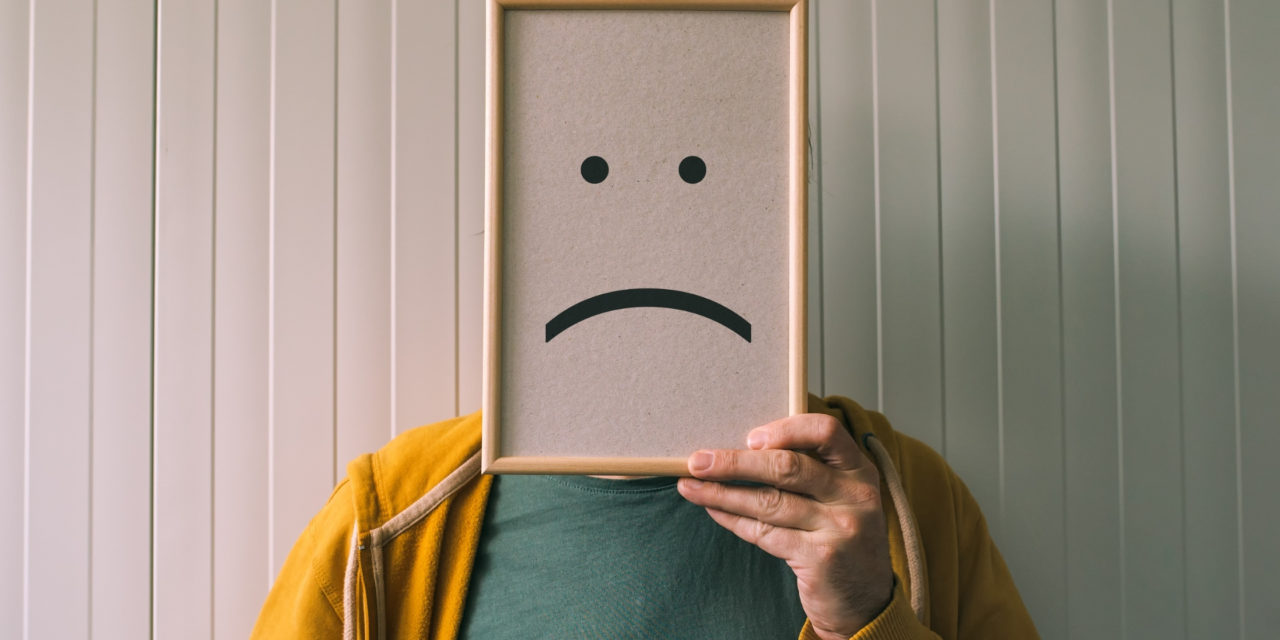Bipolar disorder, also known as bipolar affective disorder, is a chronic mental illness that affects well over 46 million people and yet is riddled with misconceptions. Most people believe it is just extreme mood swings but there is far more to it than that. World Bipolar Day is observed on March 30th of each year and is an awareness campaign created to foster understanding and acceptance of this condition. Events are held to educate the public about what bipolar disorder is and what it isn’t in the hopes of dispelling the social stigmas surrounding it.
Definition of Bipolar Disorder
A simple explanation of bipolar disorder is that it is a mood disorder that can cause drastic mood swings from mania to depression. Symptoms include equally drastic changes in energy and activity levels and the ability to concentrate. These shifts are intense and can persist for days or weeks at a time. The results of which can be extremely disruptive to everyday life and make it difficult to carry on with daily tasks.
The World Health Organization defines someone as having bipolar disorder if they have at least two episodes of either mania or depression. The precise causes are unknown, but it is believed to be a combination of both genetic and environmental factors with a heavy emphasis on the former. Bipolar disorder occurs almost equally in men and women and is present among all races and ethnicities around the world.
5 Common Misconceptions About Bipolar Disorder
1. Being bipolar is a rare condition
A rare condition is considered to be a disease that affects fewer than 200,000 people. Bipolar disorder affects over 2.3 million Americans (about 1% of the population) and 46 million worldwide. These numbers are likely even greater, however, as several studies have shown the bipolar disorder is much more prevalent than was previously believed by the medical community due to misdiagnosis and underreporting.
2. Bipolar disorder is just mood swings
Mood swings are a major symptom of bipolar disorder, but that’s far from the full extent of it. These mood swings are different from the ones people normally experience in their day-to-day lives. Individuals that are bipolar experience unpredictable episodes of mania and depression that occur without bearing to their mood, thoughts, physical health, or their surroundings. These alternating episodes can be extremely debilitating and make it difficult to fulfill their everyday responsibilities. Their lifespan is estimated to be 9.2 years shorter than the average, and they are significantly more likely to engage in suicidal behavior.
3. You’re either manic or depressed
Although this mood disorder is characterized by these alternating episodes, it doesn’t mean constantly being in one state or the other. Depending on the type of bipolar disorder, a person may only have a few episodes a year and otherwise be perfectly normal. It is more common for someone to experience a depressive episode, which often results in bipolar disorder being misdiagnosed as depression.
4. Episodes of mania make you more productive and can even be fun
Yes, there can be positives associated with a manic episode: increased energy, requiring less sleep, being more social, feeling more confident and creative and optimistic. However, this false confidence can lead to a host of risky or compulsive behavior, similar to that of how cocaine makes users feel. The result of mania can result in individuals making risky business decisions, overspending, an increase in physical altercations, and a higher sex drive which can result in promiscuity without taking precautions. The consequences of these behaviors can fuel a subsequent depressive episode.
5. It can be cured through diet and exercise
Nutrition and physical activity can certainly help make bipolar disorder and its symptoms more manageable, but it certainly cannot cure it. Bipolar disorder is a chronic condition that is strongly influenced by genetic factors which those things can’t fix (You’re five times more likely to develop bipolar disorder if someone in your immediate family has it). The best way to successfully manage bipolar disorder is with medication and/or therapy. Many of these individuals are able to hold a steady job, a relationship, and raise children.
Bipolar Disorder Is Treatable (and Could Be Life-Saving)
Fortunately, this chronic condition is very treatable and can allow individuals to live normal, functional lives. Mood stabilizers such as lithium and certain benzos, antipsychotic medications, and antidepressants have been highly successful in managing the shift between episodes. There are multiple types of therapy that are used as well and can help individuals learn to cope and manage triggers that might put them in one state or another.
It’s not only important for individuals with bipolar disorder to get treatment so that they can live a relatively normal life, it can quite literally save their lives as well. The more common depressive states of bipolar disorder can be so severe as to make individuals suicidal. Between 15% and 17% end up taking their own life, and suicide is the number one cause of death amongst people with this diagnosis. Before this stage, many suffering from undiagnosed bipolar disorder also self-medicate turning to drug and alcohol abuse which adds an entirely new set of mortality risks.
If you think that you or a loved one might have bipolar disorder, reach out to a doctor or therapist. To ensure that your condition is properly diagnosed, make a note of how you feel, both your highs and lows.
Sources:

